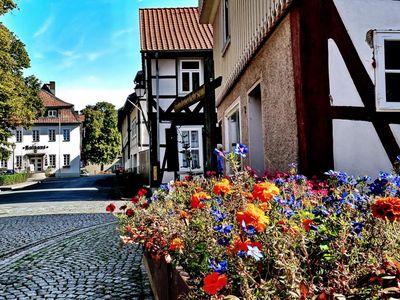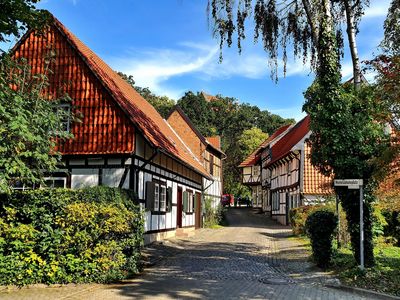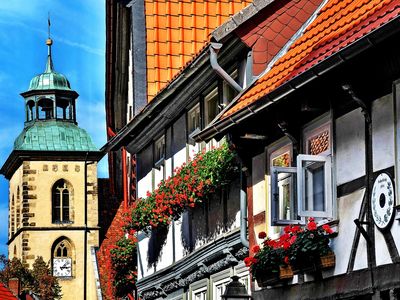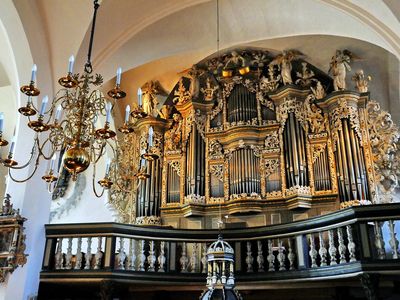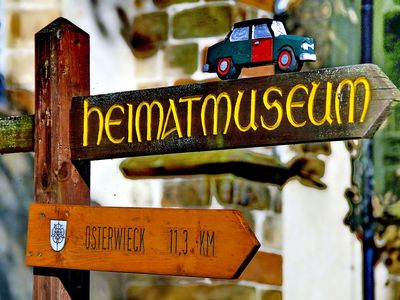Hornburg lies in the northern Harz foreland, nestled in the lovely Ilse Valley, between Braunschweig and Bad Harzburg. It was founded around 1017 years ago and is the birthplace of Pope Clement II.
With its listed medieval old town and nearly 400 half-timbered houses, Hornburg is considered one of the most beautiful small towns in northern Germany.
Particularly worth seeing are the richly decorated Renaissance half-timbered houses such as the Neidhammelhaus from 1563 and the Storchenhaus from 1560, the schoolhouse of the former Jewish community, today's Apelroth shoe store on the market square and many more. They were built at a time when Hornburg achieved great prosperity through hop cultivation and the hop trade.
As the birthplace of Pope Clement II, Hornburg's local history museum devotes a special room to the first German pope. In the "Pope Clemens Memorial Room" you will find various exhibits and information about his life. The rest of the museum provides information on the history of the town and castle, regional and national half-timbered construction and various crafts.
Also worth seeing are the Lutheran Marienkirche (St. Mary's Church) from 1616, one of the most beautiful churches in the northern Harz foreland, the Dammtor (Dam Gate), the Hagenmühle (Hagen Mill) and the Catholic Clemensskirche (St. Clement's Church), which was consecrated in 1977 in memory of Pope Clemens II.
As a garden for the senses, a place of perception is created at various places with more than 30 objects for seeing, hearing, touching and smelling in the town.
Around Hornburg, well-developed cycle and hiking paths lead through landscapes of the 'Große Bruch', the 'Okeraue', through the Ilse Valley, to the 'Probsteiholz' - an ant and bird sanctuary and along the Green Belt. An absolute highlight is the newly established nature park 'Hornburg - Großes Bruch - Fallstein'.
